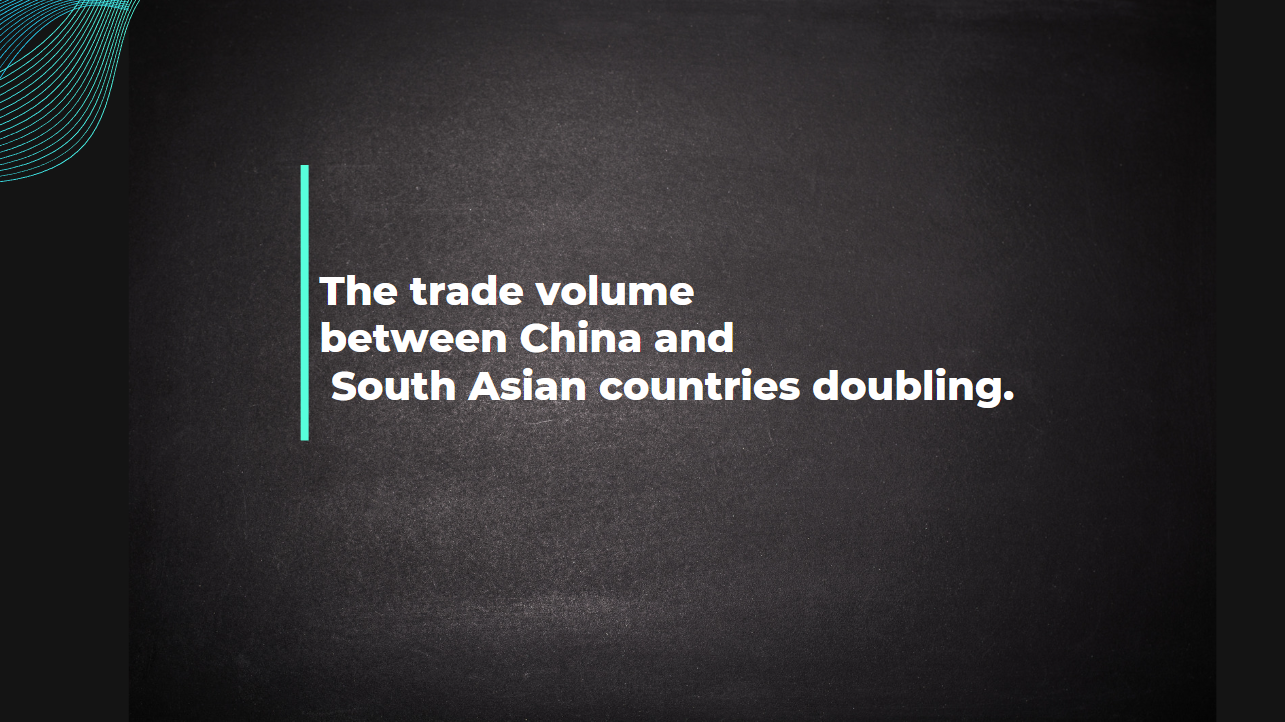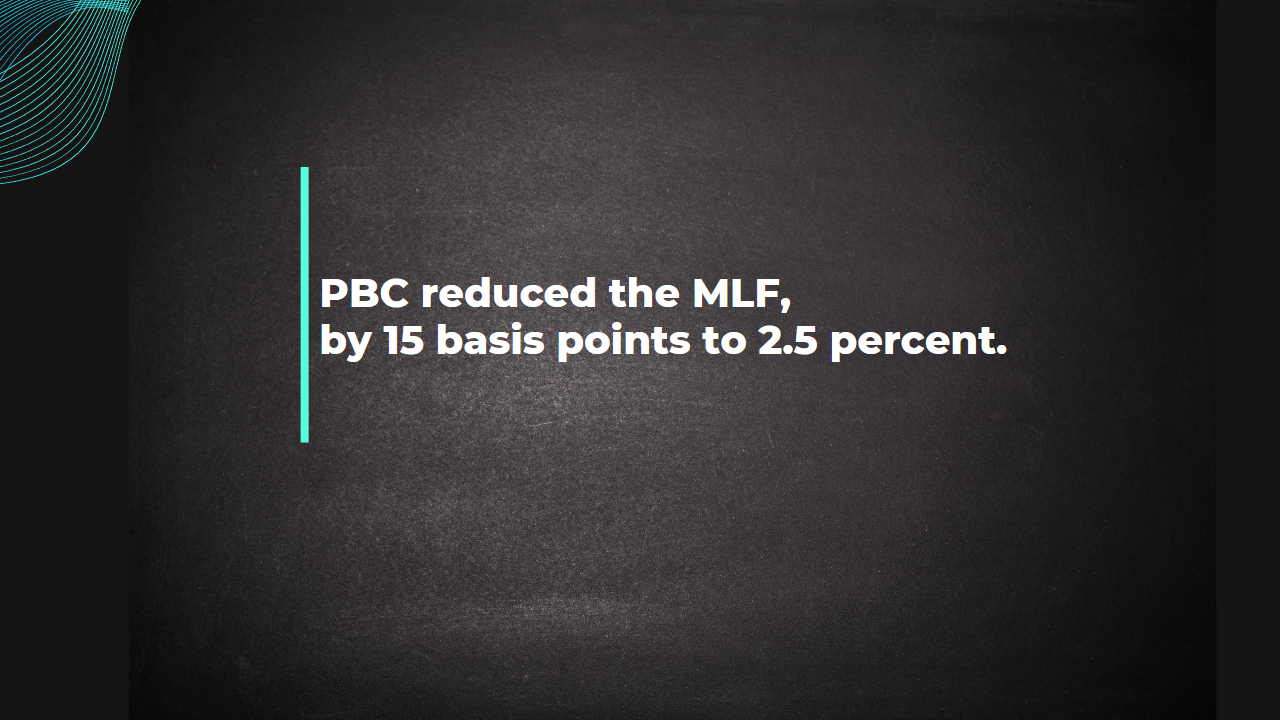Publication: Assessment and Options Analysis of Climate and Nature Financing Instruments and Opportunities: Summary Note on Financing for Climate and Nature
Download → English PDF
Abstract
Despite increasing recognition of the material impact of nature degradation, the global financing gap for climate and nature investments is significant and growing. The Paulson Institute estimated in 2020 that the biodiversity financing gap at an average of US$711 billion per year. Government leaders and private enterprises must accelerate and scale financial resource mobilization strategies to close this gap. However, at a national level, many developing countries have limited market access and lack the fiscal space to mobilize financing at the scale required to avoid the severe negative impacts of biodiversity loss, nature degradation, and reduced ecosystem services. This can precipitate countries into a vicious circle, whereby delayed investment at scale exposes them to the risk of ecosystems collapse. These systems also provide essential climate benefits in terms of carbon sinks and adaptation buffers against severe climate impacts (e.g., floods, droughts, storms). These natural assets underpin economic growth of developing countries but are currently undervalued and underinvested. Given the difficulty of estimating the timing, progression, and extent of these impacts and their global public good (GPG) nature, other more immediate or visible needs tend to be prioritized. However, when nature-related risks materialize, economic activity is likely to contract, further reducing fiscal space, increasing a country’s borrowing costs, and delaying investments.
1. Context
Despite increasing recognition of the material impact of nature degradation, the global financing gap for climate and nature investments is significant and growing. The Paulson Institute estimated in 2020 that the biodiversity financing gap at an average of US$711 billion per year. Government leaders and private enterprises must accelerate and scale financial resource mobilization strategies to close this gap. However, at a national level, many developing countries have limited market access and lack the fiscal space to mobilize financing at the scale required to avoid the severe negative impacts of biodiversity loss, nature degradation, and reduced ecosystem services. This can precipitate countries into a vicious circle, whereby delayed investment at scale exposes them to the risk of ecosystems collapse. These systems also provide essential climate benefits in terms of carbon sinks and adaptation buffers against severe climate impacts (e.g., floods, droughts, storms). These natural assets underpin economic growth of developing countries but are currently undervalued and underinvested. Given the difficulty of estimating the timing, progression, and extent of these impacts and their global public good (GPG) nature, other more immediate or visible needs tend to be prioritized. However, when nature-related risks materialize, economic activity is likely to contract, further reducing fiscal space, increasing a country’s borrowing costs, and delaying investments.
Even when the risks and benefits of investing in climate and nature are recognized, there is a lack of bankable and financially profitable/ commercially viable projects in many countries. Financial products that directly finance nature action are nascent and Environmental, Social, and Governance (ESG) and impact investors have limited options to channel capital to directly support projects that deliver nature conservation outcomes, especially in lower and middle income countries. An underlying reason for the limited development of financial products in the capital markets is that climate and nature-oriented measures, especially GPGs, do not always provide a financial return or generate positive cash flow, and climate and biodiversity considerations are not fully integrated into financial models’ investors use to allocate capital. In addition, despite significant advances in the development of climate and nature-related financial risk assessment frameworks and regulations, the awareness of these risks is still limited among firms and there currently are no established standards for market participants to apply in this market.






















































First, please LoginComment After ~